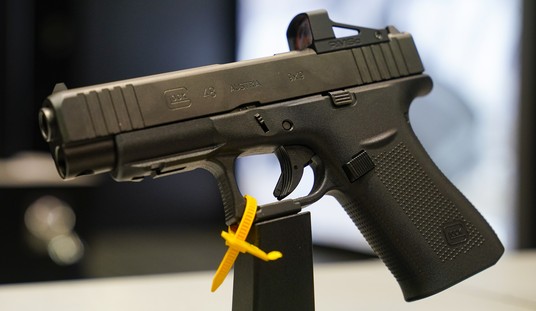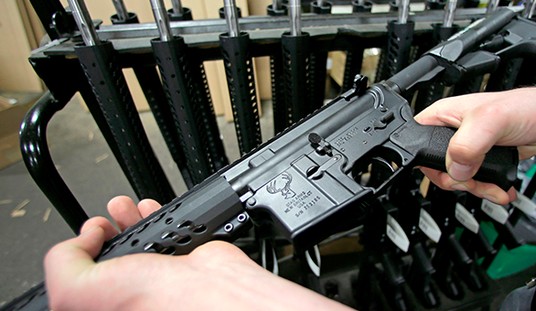You might have picked up on me mentioning the Appleseed Project in recent weeks, perhaps in either my post on the new Marlin 795 LTR designed in conjunction with Appleseed that is hitting store shelves, or the Ruger 10/22 50th anniversary design contest where an Appleseed-optimized rifle created by “Gary in Michigan” is currently in the lead. You may have even picked up on my bio (below), where I mention that I’m an instructor, like the lady in the picture above (but nowhere near as attractive).
But what is it? It kind of depends on who you talk to.
Some smug jerk from the New York Times asserted that Appleseed is pretty much the Tea Party’s militia, which is a neat trick, since instructors strictly avoid talking about modern day politics during our events because we want to be inclusive of everyone who might be interested in attending. Metro.us did a story about Appleseed a month ago that comes a lot closer to describing what Appleseed really does.
Neither article, of course, knows more what the reporters have decided to see.
So what is it, really?
The Appleseed Project is an effort of the Revolutionary War Veterans Association (RWVA), which is itself one of those 501(c)(3) non-profit organizations you’ve heard so much about.
While everything is right there in plain English on the Appleseed web site that “history and heritage” is a big part of why the RWVA holds these events, most shooters go to Appleseed because they’ve heard it is one of the best values in rifle shooting instruction in the country for the money spent.
The shooting instruction builds on a rock-solid foundation that teaches many of the same lessons our G.I.’s learned in boot camp before being shipped “over there” in World War I, including fundamentals still being taught to Marine Corps riflemen today. It is Appleseed’s goal to build your shooting skill to the point that you can take a rack-grade rifle with iron sights and surplus ammunition and after checking your zero, make accurate hits out to 500 yards, the “rifleman’s quarter mile.”
To do this—and to take into account that many host sites in many locations don’t have 500-yard ranges—Appleseed shooting primarily takes place at 25 yards, on targets shrunk to replicate sling-supported shooting at 100-500 yards from the standing, sitting/kneeling, and prone positions. “Liberty training rifles” like the Marlin 795 and the Ruger 10/22 mentioned at the beginning of the article are rifles specialized for the Appleseed course of fire, but you can shoot anything between .22LR and 8mm Mauser at most ranges, as long as you’re willing to pay to feed it.
The history and heritage portions occur between range sessions, and focus exclusively on the events of April 19, 1775, where British Regulars and Royal Marines on a powder raid accidentally triggered the “mere fighting part” of the American Revolutionary War.
For me, my first Appleseed turned out to be about connecting to the heart of what this nation was founded upon, and meeting some of the nicest people I’ve ever met. For others, it was a lesson in marksmanship. For others, it is an opportunity to bond with friends and family members (there are a lot of families and friend groups who attend together) and units (we get soldiers, Marines, National Guardsmen, and even Green Berets). For may, it is a combination of all of these.
What is Appleseed? It is what you make of it, but it gives you to tools to be a better marksman, and if you let it, a better American.









Join the conversation as a VIP Member